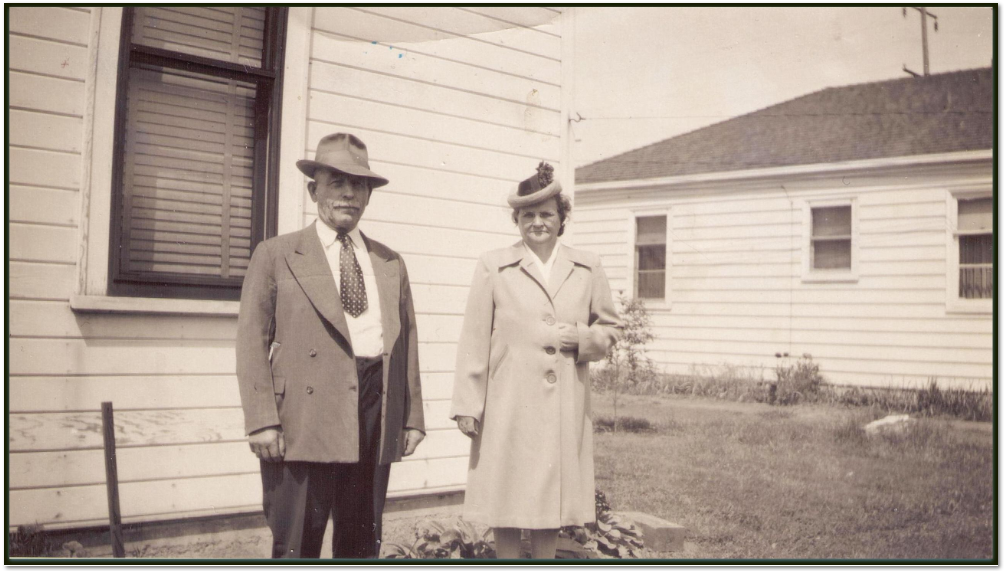
Missing Ancestors? Check the Feeder States!
Here’s a familiar genealogical conundrum: A researcher has traced his/her ancestors from present-day California back to the Dust Bowl-era in Nebraska, into Missouri just as it was achieving statehood, and finally to Indiana in the 1830s. At that point, the trail has grown cold even though legend has it that the family patriarch was a Pennsylvania patriot during the Revolution. So, how does the genealogist pick up the scent of the missing ancestor at this point?
One way to find missing ancestors is by studying the various migration routes our relatives traveled to their new homes. For instance, before 1800, between Boston, Massachusetts, and Charleston, South Carolina, our forebears followed one of a score or more of tested land and/or river routes. Our hypothetical Pennsylvanian, for example, might have traversed the Southern Road, from Philadelphia to Baltimore, where he could pick up the National Road. This would have taken him into western Maryland, briefly back into Pennsylvania, and then into western Virginia (today West Virginia), before the road leveled off in Ohio and Indiana. By the 1830s, of course, canals and railroads were beginning to compete with roads and turnpikes as the principal means of westward transportation.
If we know the most likely routes our “missing ancestors” could have taken from the Eastern seaboard, we can begin to look for them in the so-called “feeder states” or “stop-over states,” where they quite likely established quarters for a period of time–owing to reasons of topography, health, limited resources, and so forth. Western New York, for instance, was an important way station for New Englanders heading along the Great Genesee Road to Ohio, and Kentucky was an important “feeder state” for persons traversing the “Wilderness Road” to Missouri, as was Tennessee for persons intent upon Arkansas.
Since your ancestors couldn’t have vanished into thin air, you might be able to pick up their trail in one of the “feeder states.” The following CDs or books are crammed with genealogies and source records pertaining to inhabitants of these “feeder states:”
“Gateway to the West” had a short but spectacular life as a periodical. In slightly more than 10 years, from 1967 to 1978, it managed to cover some of the least accessible yet most important genealogical records of 76 of Ohio’s 88 counties. From common pleas court records, guardianships, naturalizations, and deed abstracts to the more conventional births, marriages, deaths, cemetery records, and wills, “Gateway” offered a range of genealogical source materials unmatched by any other Ohio periodical. For this set, the principal articles, arranged under their respective counties, have been consolidated into two large volumes–each with its own index. Altogether, in some 350 articles naming more than 95,000 persons, in records ranging from Adams County to Wood County.
This Family Archive CD contains images of the pages of the 200 family history articles published originally in The Register of the Kentucky Historical Society and The Filson Club History Quarterly and subsequently collected and reprinted by GPC in three volumes under the title Genealogies of Kentucky Families. Referencing approximately 51,000 individuals, the articles contain every Bible record, every family history, and every genealogical fragment ever published in these distinguished Kentucky periodicals.
This work is a consolidation of all the family history articles that appeared throughout the complete run of “The West Virginia Historical Magazine Quarterly” from 1901 to 1905. Though a rich source of West Virginia genealogical data, this short-lived periodical is very scarce and, moreover, has never before been indexed. Clearfield Company is delighted to rectify both of these shortcomings by reprinting the genealogical meat of the magazine and by adding a complete name index of more than 5,000 entries.
This facsimile reprint of SIMS INDEX lists land grants that were made by Lord Fairfax prior to the creation of the Virginia Land Office in 1779, as well as grants issued by the Commonwealth of Virginia for land now located in West Virginia and by the state of West Virginia under its first Constitution. The information contained in this exhaustive work was compiled by Edgar Sims, the State Auditor of West Virginia, from copies of land grants filed in his office. More than 50,000 entries are included, each referring to the name of the grantee, amount of acreage, location and date of grant, and grant book and page number.
Extracted from the marriage registers and the original marriage bonds and licenses of 22 Tennessee counties, this CD contains information about 278,000 individuals who were married during the period dating from the late 18th century to the mid-19th century. Most of the marriage records identify the bride and groom, the date of the marriage or marriage bond, and the names of parents, guardians, or witnesses. The records originally appeared in a series of books published by the Genealogical Publishing Company. These marriages are among the earliest ones recorded in Middle Tennessee.
Image Credit: War Department. Office of the Chief of Engineers. (1818 – 09/18/1947). (U.S. National Archives and Records Administration) [Public domain], via Wikimedia Commons



